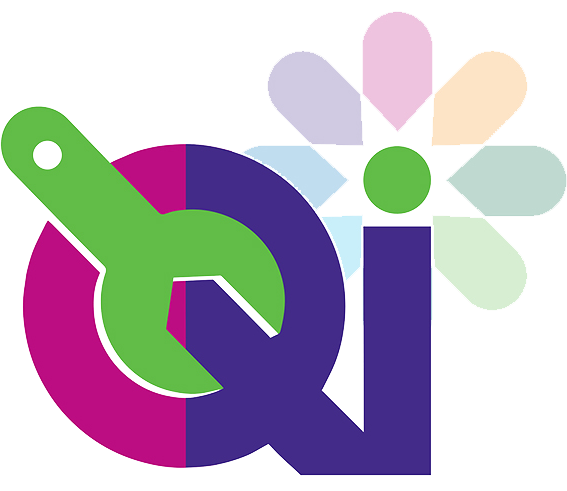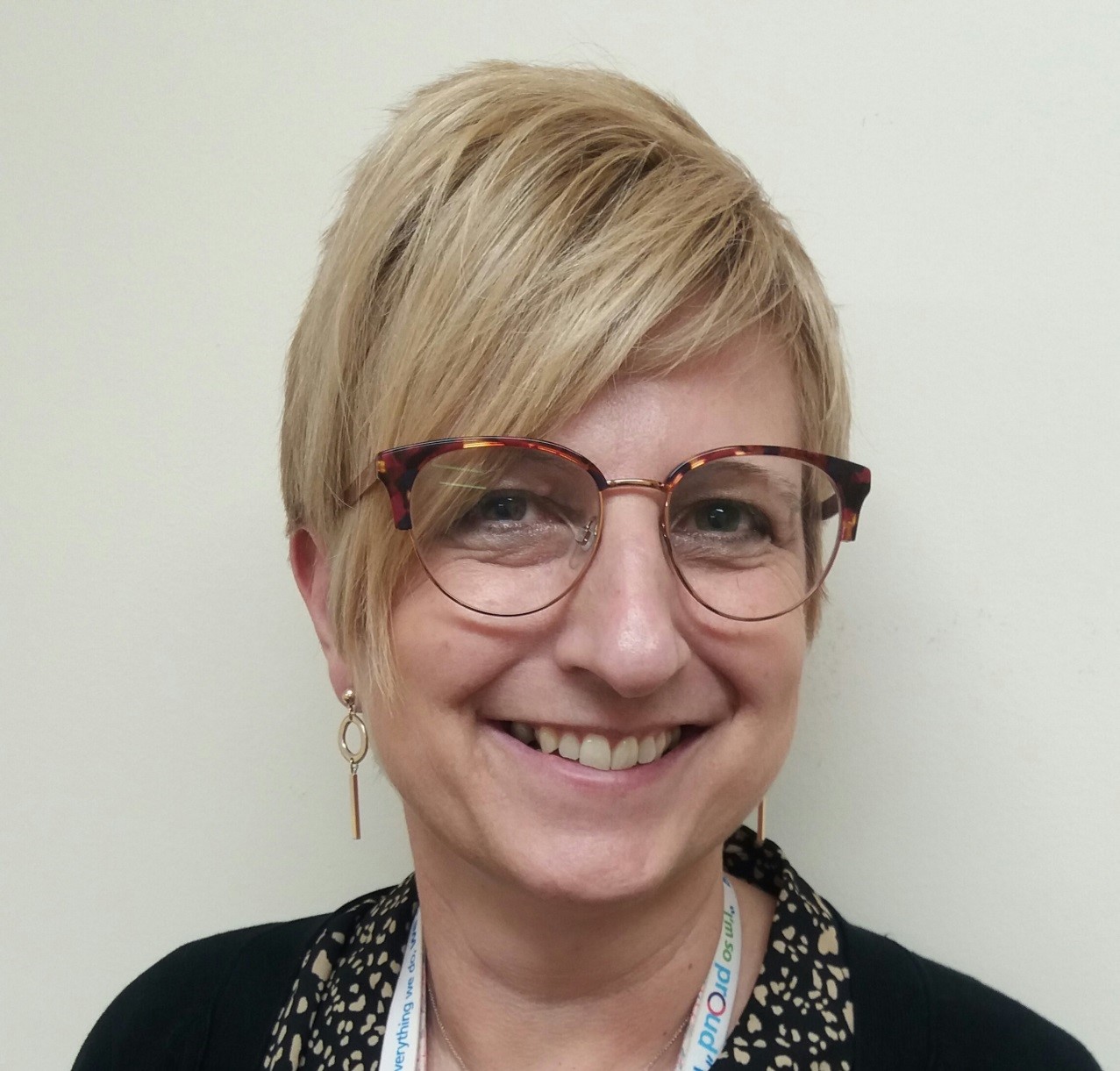When helping patients to complete feedback surveys was taking a lot of time, something needed to be done to make it easier.
Having recently completed a five-day course in quality improvement (QI), Mary Stracey, a deputy clinical resource manager at Kent Community Health NHS Foundation Trust (KCHFT), decided to put her newly learned skills to the test.
She used the tried and tested methodology and tools she’d been studying, put a project team together and as soon as suggested changes were made, the new look questionnaire was tested with patients, their relatives and carers, to gather their views and feedback.
The Meridian patient survey was being used for those who came into contact with KCHFT’s Intermediate Care Team in east Kent. Due to teams and services joining together, the service is now known as the east Kent Acute Response Team (ART).
The project aims were to increase the amount of surveys completed, to make it less time consuming and easier to understand, as patients and their carers said some of the questions were difficult to comprehend. Most surveys are filled out with a KCHFT colleague helping the patient, although some are sent and returned by email and completed independently.
The changes saw long, complicated questions, turned into short and simple language, with patients able to select smiley, neutral, sad and other faces as many of their answers. Questions in the survey include:
- Did our staff treat you with kindness and respect?
- Did our team have a positive impact on your current health and wellbeing?
- Did you feel listened to and communicated with effectively?
The project ran for four months, with the new look survey launched in March 2020 and used throughout the COVID-19 pandemic. It was so successful, it has replaced the former one and is to be shared with other services.
Mary said: “It’s hard to evidence we are having more surveys completed, as teams have now merged, so it’s difficult to compare like with like.
“We collected qualitative data from patients when we piloted the new survey and nearly all said it was much better. This was very rewarding. We achieved the aim of making it quicker. Before it could take 15 – 20 minutes, now it’s just a few minutes.
“The survey is easier for patients who have difficulty communicating. We wanted to reach out to everyone and the new survey helps us do that. Patients can simply point to a face rather than verbalise an answer if they are unable to do so. It’s so simple to use, but still gathers the feedback we need to evaluate and improve our effectiveness. We stripped out all of the unnecessary words.”
QI tools used on the project included a driver diagram, process mapping, fresh eyes and plan, do, study, act (PDSA) cycles.


